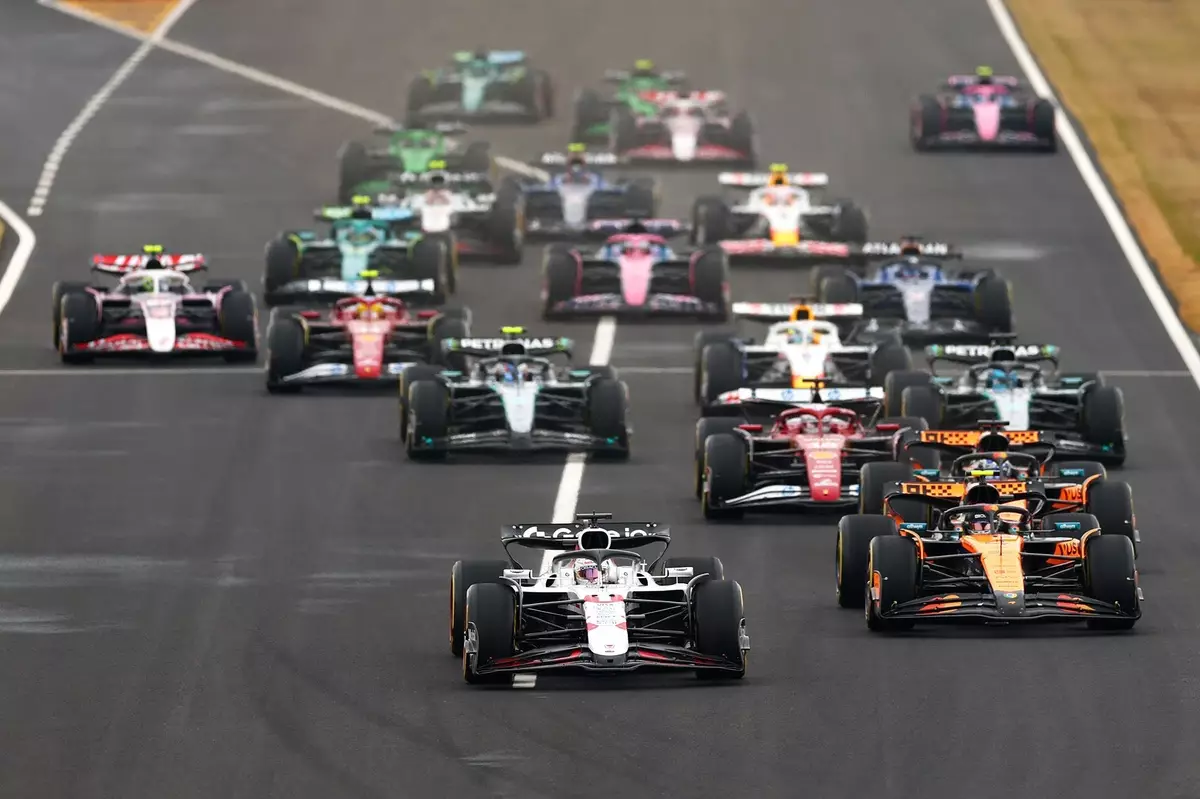Revving Up for Change: The Future of Formula 1 Engine Regulations
Formula 1 is not just a sport; it’s a high-speed dance of technology, strategy, and human skill. For those of us who hold motorsport dear, F1 represents the pinnacle of automotive achievement. Yet, when Mercedes dominated the 2014 season, it raised concerns about the competitive balance among engine manufacturers. With the upcoming 2026 hybrid power unit regulations on the horizon, F1 is at a critical juncture. Recently, representatives from power unit manufacturers convened in Bahrain, hosted by FIA president Mohammed Ben Sulayem, to discuss these changes.
This meeting was more than just a routine discussion; it marked a significant moment in Formula 1’s ongoing evolution. The new regulations aim to attract fresh entrants like Audi and Cadillac, promising a future rich with innovation. However, such transitions are rarely smooth. Companies like Audi and Honda have already expressed concerns about potential rollbacks on hybrid technology—technology that initially drew them to F1. These disagreements highlight the challenges faced by manufacturers as they navigate this transformative period.
Key Takeaways
- The 2026 hybrid regulations aim to balance competition and attract new entrants.
- Concerns exist over changes to hybrid systems that might deter major manufacturers.
- Discussions focus on avoiding past mistakes and ensuring fair competition.
Historical Context: Learning from Past Mistakes
The discussions in Bahrain served as a reminder of how regulatory changes can drastically impact performance disparities among teams. The 2014 season demonstrated how one manufacturer’s technological edge—in this case, Mercedes—could skew competition. Red Bull team boss Christian Horner emphasized the need to avoid repeating such imbalances. Exploring new regulatory strategies is crucial to maintaining an equitable playing field. By understanding past missteps, F1 aims to craft rules that promote fairness and competitiveness.
A key topic during these discussions was “performance convergence.” This concept involves loosening strict homologation rules to allow for in-season development under budget constraints. Such adjustments could enable teams to innovate while keeping races competitive throughout the season. If successfully implemented, these changes would ensure no single engine manufacturer gains an overwhelming advantage, as seen with Mercedes in previous years.

The Future Outlook: Navigating Change within Constraints
Despite challenges, sweeping changes to current engine regulations seem unlikely in the near term. Any significant alterations require support from at least four out of six engine manufacturers—a threshold not yet met. Instead, the focus appears to be on gathering insights for long-term strategic decisions rather than immediate overhauls. This approach requires strategizing beyond just the next five years and considering F1’s trajectory into 2028 and beyond.
This forward-thinking mentality encourages teams to embrace flexibility as part of their core strategies. While attention is centered on the 2026 hybrid formula, decision-makers must also keep an eye on future developments. Balancing immediate needs with long-term goals ensures that Formula 1 remains at the forefront of technological advancement while retaining its competitive edge.

Innovation at the Core: Between Tradition and Progress
Another intriguing aspect of these discussions involves revisiting traditional engine designs like V10s. Although this idea has cooled for now, it highlights the tension between engineering heritage and modern sustainability demands. Reintroducing V10 engines could evoke nostalgia while challenging teams to balance performance with eco-friendly strategies. This exploration represents F1’s commitment to innovation while honoring its storied past.
As Formula 1 gears up for this new chapter, engaging dialogues are crucial in moving beyond formality. Every team has its stakes high, making consensus a delicate but necessary balance between collaborative interests and individual innovation. In this complex landscape, adhering only to regulations isn’t enough; shared ambition and dedication to racing innovation are essential drivers of progress.
Final Thoughts
The decisions made today in Formula 1 will shape its competitive landscape for years to come. As stakeholders navigate this critical juncture, thoughtful engagement and adaptability are key to harnessing F1’s full potential. The sport stands at a crossroads where every choice impacts future narratives of speed and strategy. Embracing change while respecting tradition will define how Formula 1 continues to captivate enthusiasts worldwide.
Formula 1
engine regulations
hybrid technology
FIA meeting


Leave a Reply